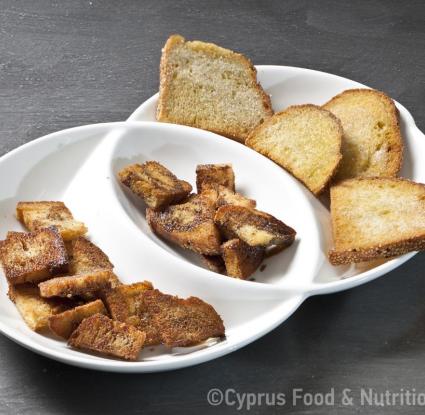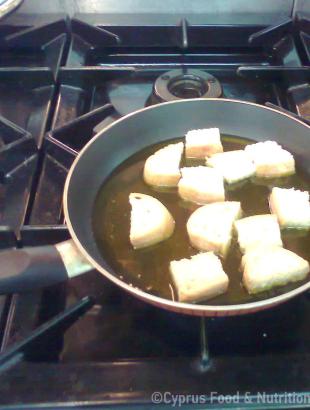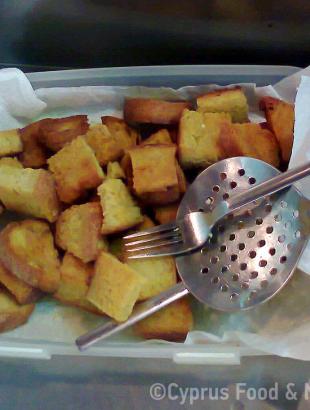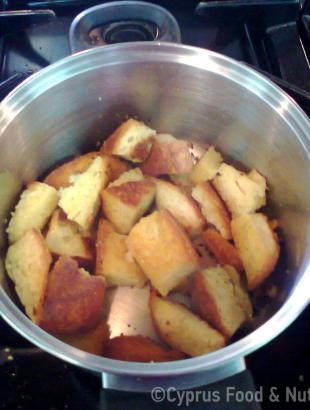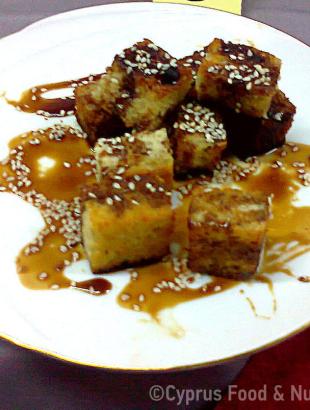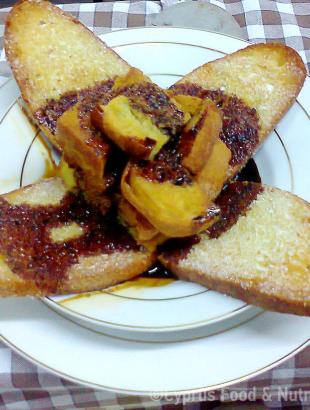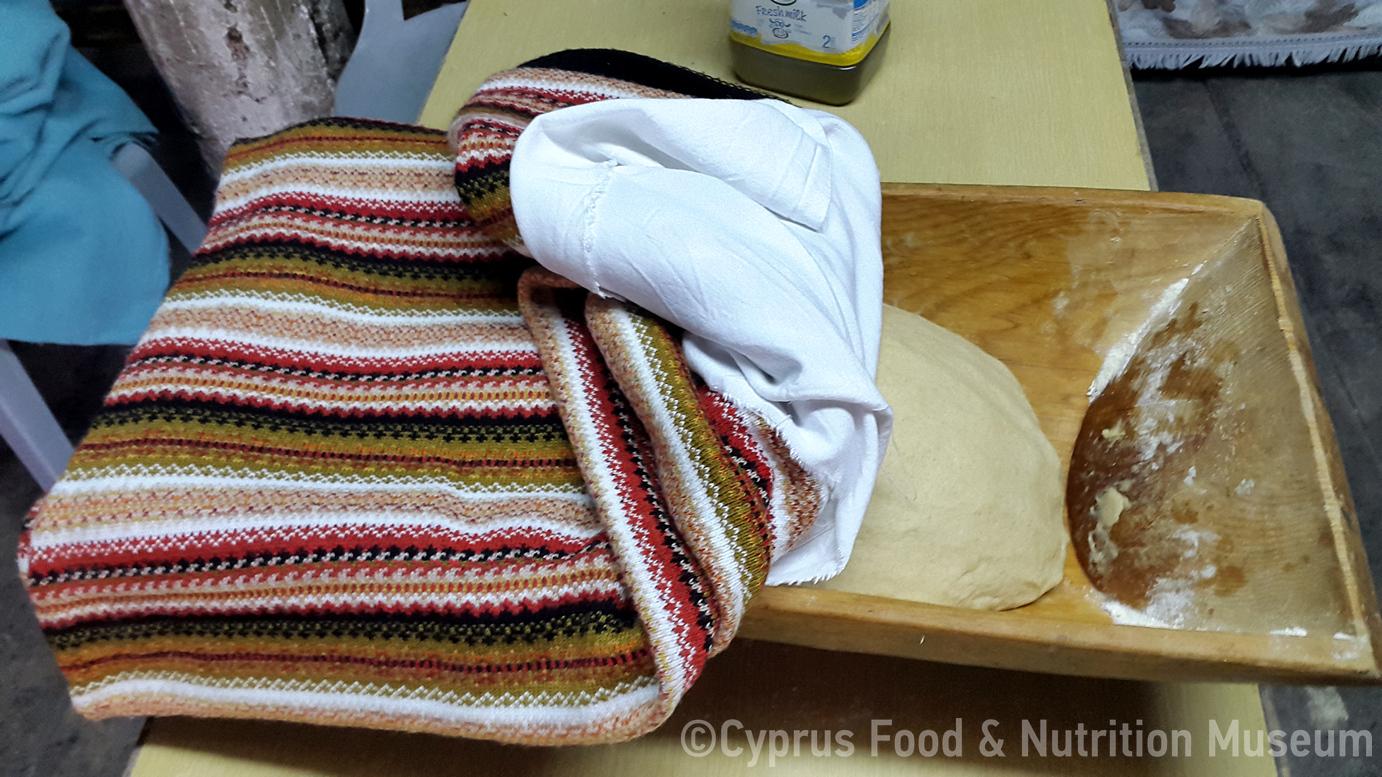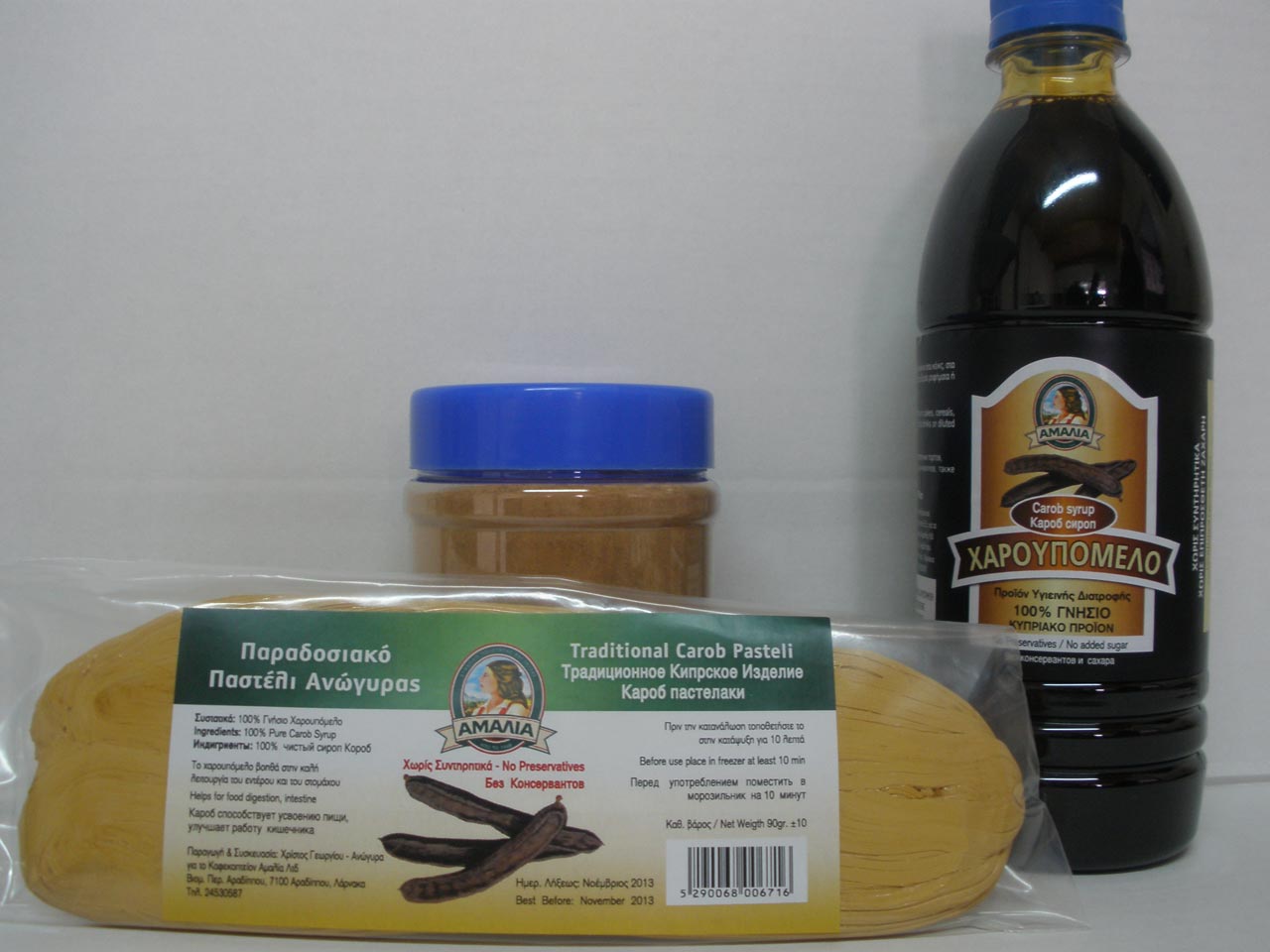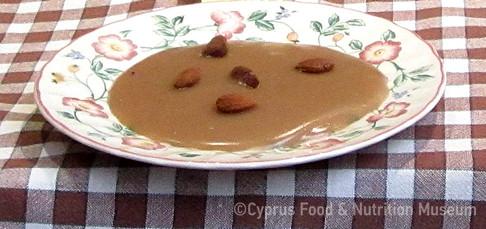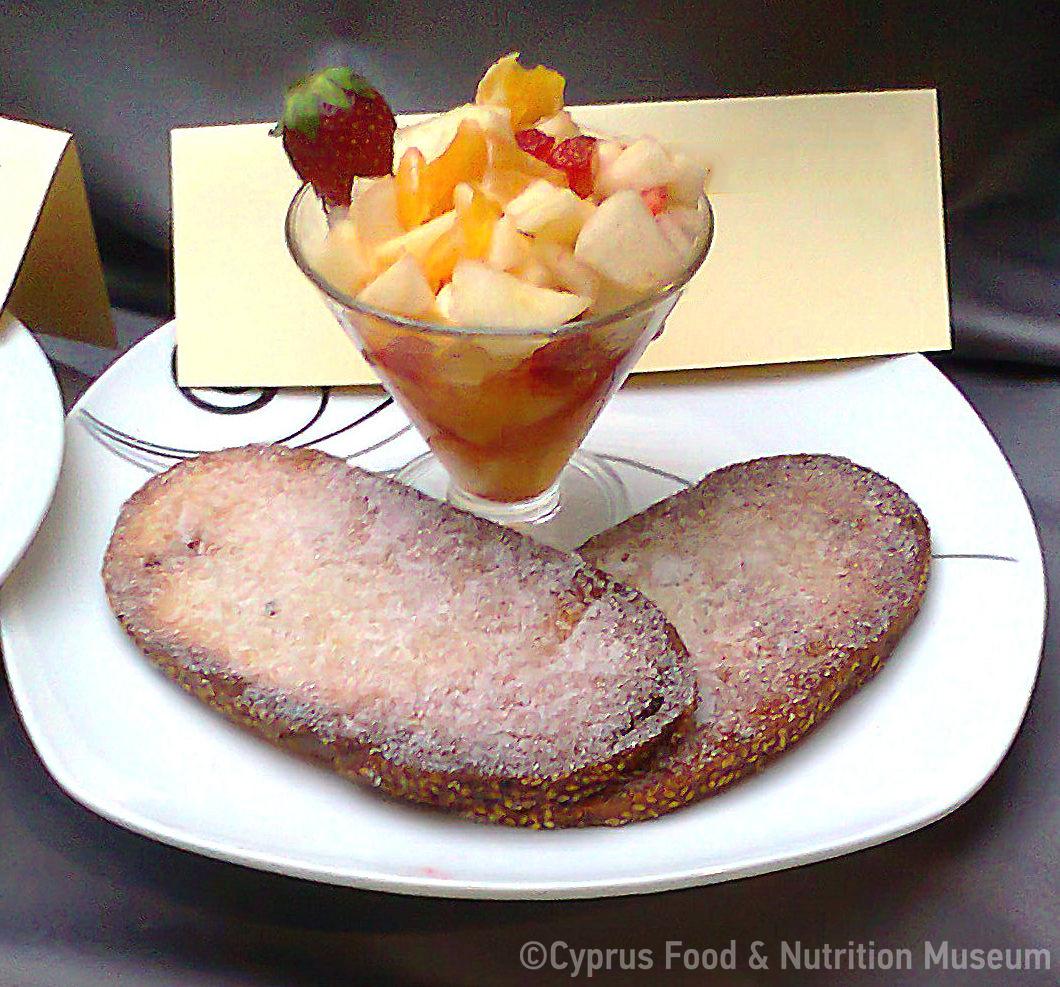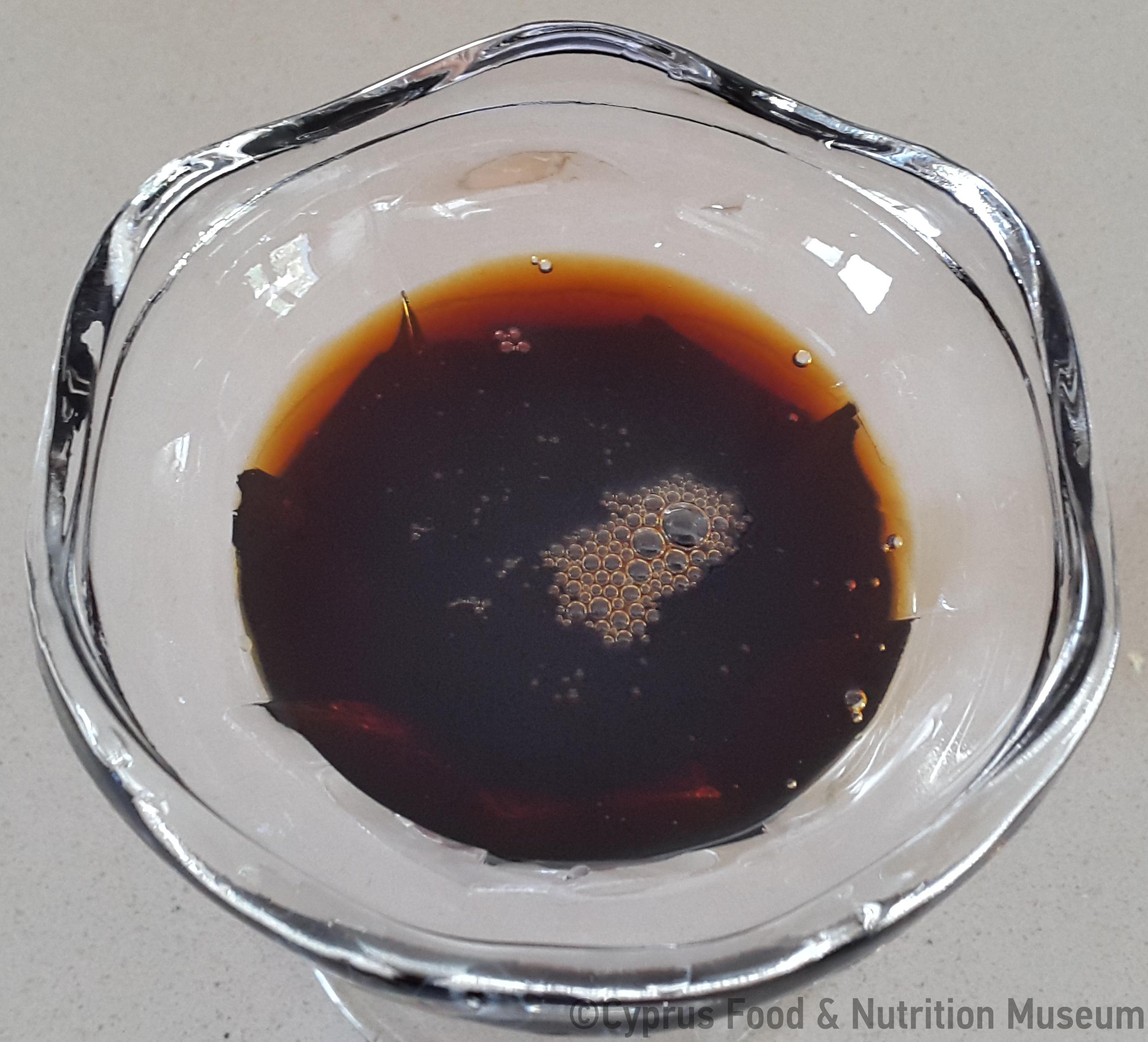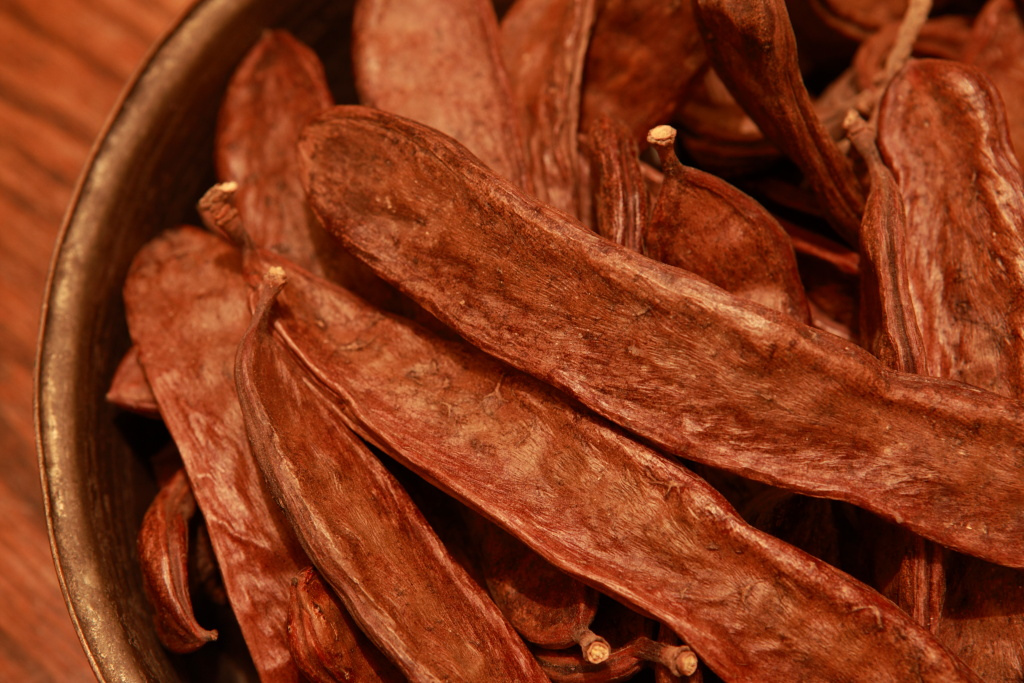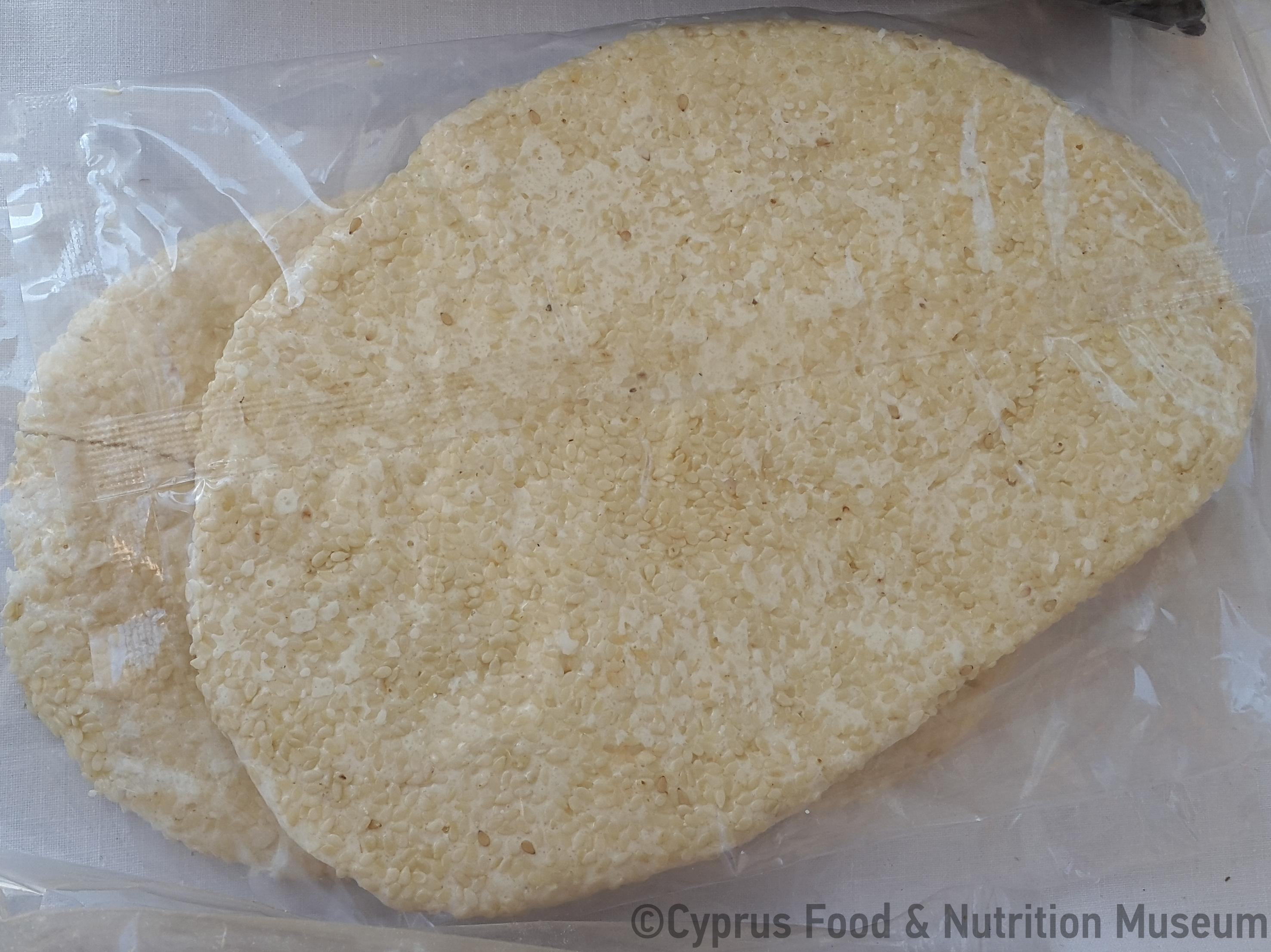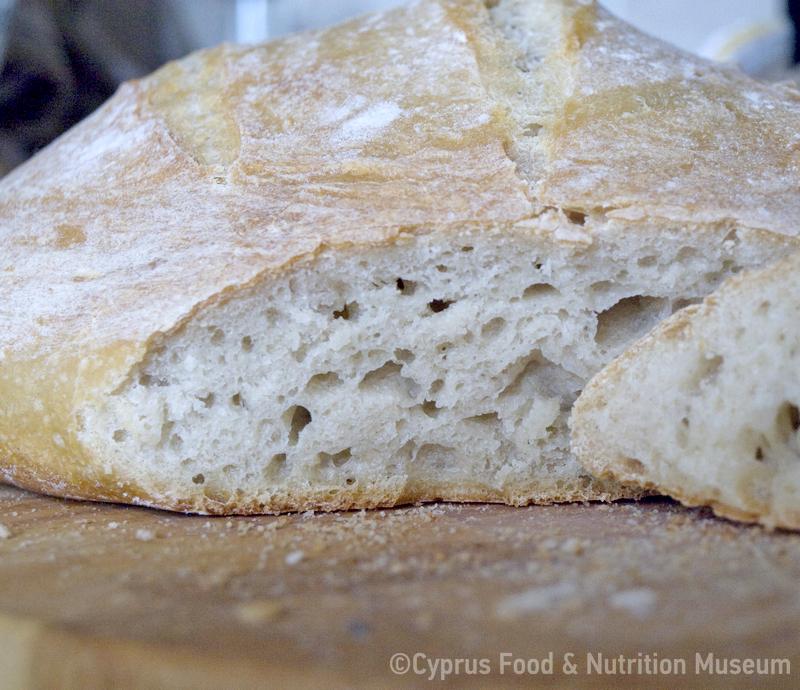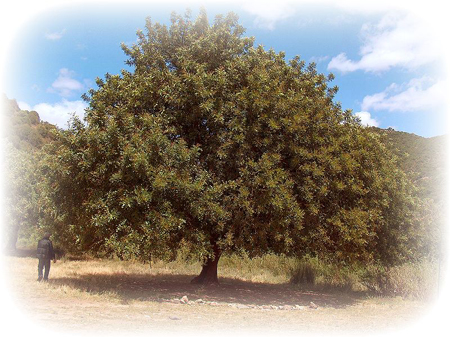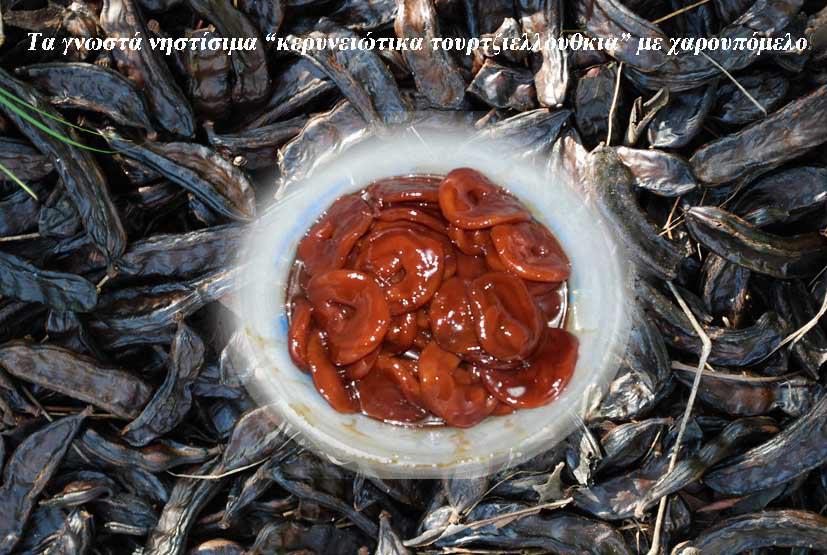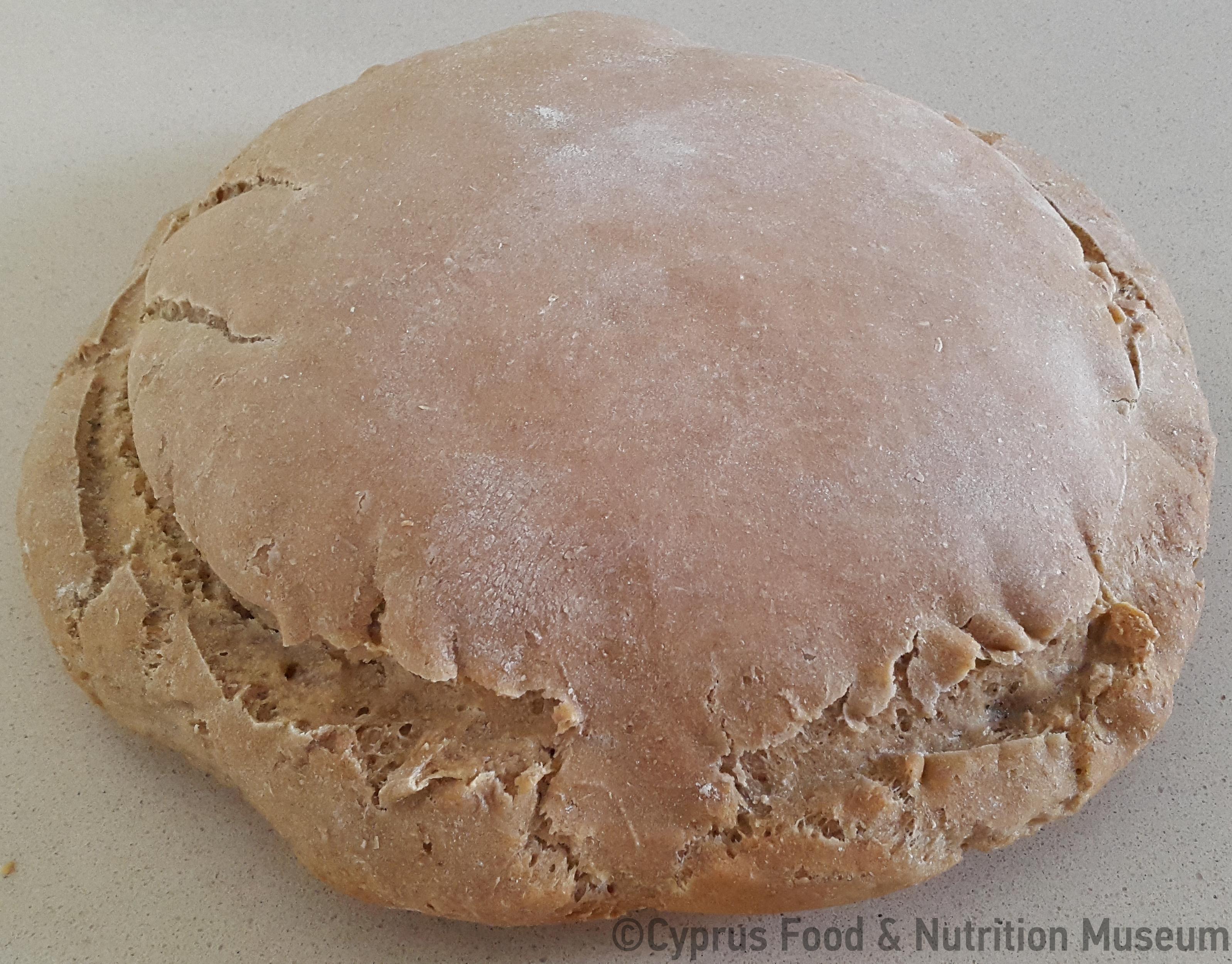Traditional Recipes
If a family had no wheat, it would use barley grains to make flour, which was then used to make bread.
Traditional Recipes
"... gradually incorporate all the flour, adding water when needed, and knead the dough well. Cover it for a while to rise.” (Sotira Kyriakou, Kyperounda)
Foods
"On food", a report by Archim. Kyprianos (1788) in his book "Ιστορία Χρονολογική της Νήσου Κύπρου" (Chronological History of the Island of Cyprus) on the types of cereals that were cultivated and…
Foods
Bread, rusks, glystarka, arkatena, trimithopitta, pannihida.
Traditional Recipes
The small pieces of fried dough are served with carob syrup. The recipe comes from the occupied Varisia of the Morphou region (Nicosia district).
Traditional Recipes
Easy and quick pudding recipe, with fried onion and semolina. A sweet variation of grouta is usually made with espima or carob syrup.
Traditional Recipes
The halouva mixture consists of toasted flour, sesame and carob syrup. It is formed into round balls. The recipe comes from Drynia, Paphos district.
Traditional Recipes
Slices of bread fried in olive oil and drizzled with epsima (grape syrup).
Traditional Recipes
Slices of bread fried in olive oil, sprinkled with sugar and in this variation they are accompanied by a fruit salad. Katsoures with sugar were a common delicacy during the period of the English rule…
Traditional Recipes
A version from Rizokarpaso of a popular Cypriot recipe for "tertžellouthkia" or "koullourouthkia with honey". The tertžellouthkia, just like the loullouthkia, were baked either in teratsomelo (carob…
Foods
White bread of excellent quality in medieval Cyprus.
Traditional Recipes
The preparation of pastellin from carobs was a process with many stages and a long duration. It is still used today in the village of Anogyra, the only village where carob syrup and pastelli are…
Foods
Pishíes were a customary preparation of dough that were prepared on many occasions and served with sugar, honey or carob syrup.
Foods
Women had to get up at dawn to prepare the boukkoman (breakfast), which was usually a lot of bread with some halloumi or olives with onions
Traditional Recipes
This recipe uses apples or quinces which are prepared using grape must as a sweetener and originates from Marathasa valley.
Foods
A type of dessert with fruit or vegetables preserved in grape must (epsima - petimezi) or carob syrup.
Traditional Recipes
A Maronite recipe with carob syrup. "... when we see that there are lumps of flour, we put some salt in the dough, add carob syrup and stir it with a spoon because it is hot. When it cools a little…
Traditional Recipes
The recipe comes from Marathasa. Sesamopites were one of the products sold by the people of Marathasa at festivals, along with porika, nuts, shoushoukko and pastellin.
Traditional Recipes
The Holy Water from the feast of the Holy Cross (14 September) is used for the preparation of the sourdough starter. The initial starter is formed by combining this holy water and some flour… it is…
Foods
People used to spread it on bread with tahini, especially on fasting days, or to prepare tertz̆ellouthkia (a type of pasta with carob syrup).
Foods
Early on, the inhabitants of the island exploited carobs by exporting them to neighbouring countries.
Traditional Recipes
Biscuits, shaped like hoops, boiled in water and dipped in carob syrup. In areas where there were no vineyards and consequently no epsima, terželloutkia were usually boiled in carob syrup.
Traditional Recipes
A unique mezé of melted pork fat on freshly baked bread. Recipe from Marathasa valley.
Foods
Types of wheat bread: wheat bread, bread with semolina, afratítzia, bread with semolina flour, pomágnena, mágnena.

